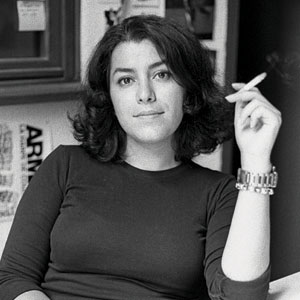This week in ASTU we were introduced to The Reluctant Fundamentalist a novel by Mohsin Hamid and I must say this was the most enjoyable rad I’ve had this year. Personally, I loved the way it was written, the structure, the stories and the suspense Hamad created all came together to produce a very dynamic book. I found the novel to have a real flow in the way Hamid had written it, as if the language he was incorporating speed up the pace in which I could read and interpret the novel.
What I found most remarkable about the book though, was how the story transpired. At the beginning of the novel I quite enjoyed the character of Changez and the way he conducted himself. He appeared to me to be quite a successful, driven, personable and appreciative individual that was experiencing great deal of exciting accomplishments at a young age. It actually took me a while before my perception of Changez started to shift. I began to feel differently toward him as the story progressed, specifically when his descriptive stories of Erica turned strange and complicated. This is not to say I enjoyed Changez any less at this stage of the novel, I almost enjoyed him more, but in a different light. I saw Changez in the way you see a villain that you kind of like, I was comparing Changez to a figure like the Joker in Batman. I was fascinated by Changez as he progressively got creepier and he started to play with his language more. It was almost as if he was speaking in clues and riddles for a great deal of the book. I thought it was quite cool how he handled himself while speaking with the unidentified American.
The novel certainly took a quick turn toward the end when Changez returned to Pakistan. Those final moments as he walks the American through Lahore, back to his hotel was by far my favourite section of the book , I’m not sure I’ve ever been so captivated by a novel in my life.
A.J.

 tes Satrapi on “To draw it and put it in color-the color of flesh and the red of the blood, and so forth-reduces it by making it realistic” (Hadju 2004, 35). Giving reason to the black and white format was fascinating to me because it opened my eyes up to certain details of the comic that I was previously blind to. For a broad example just any of the variety of violent scenes, I started to notice and retrace the emotion I was drawing out of the disturbing images that didn’t seem so disturbing in the first place, and found myself answering the question why. As a group Benny, Devon and I agreed that in our first read through Persepolis we definitely didn’t examine the images for their significance the way that we would’ve liked to; we all admitted that we felt as though we needed to go back and evaluate certain sections again.
tes Satrapi on “To draw it and put it in color-the color of flesh and the red of the blood, and so forth-reduces it by making it realistic” (Hadju 2004, 35). Giving reason to the black and white format was fascinating to me because it opened my eyes up to certain details of the comic that I was previously blind to. For a broad example just any of the variety of violent scenes, I started to notice and retrace the emotion I was drawing out of the disturbing images that didn’t seem so disturbing in the first place, and found myself answering the question why. As a group Benny, Devon and I agreed that in our first read through Persepolis we definitely didn’t examine the images for their significance the way that we would’ve liked to; we all admitted that we felt as though we needed to go back and evaluate certain sections again.